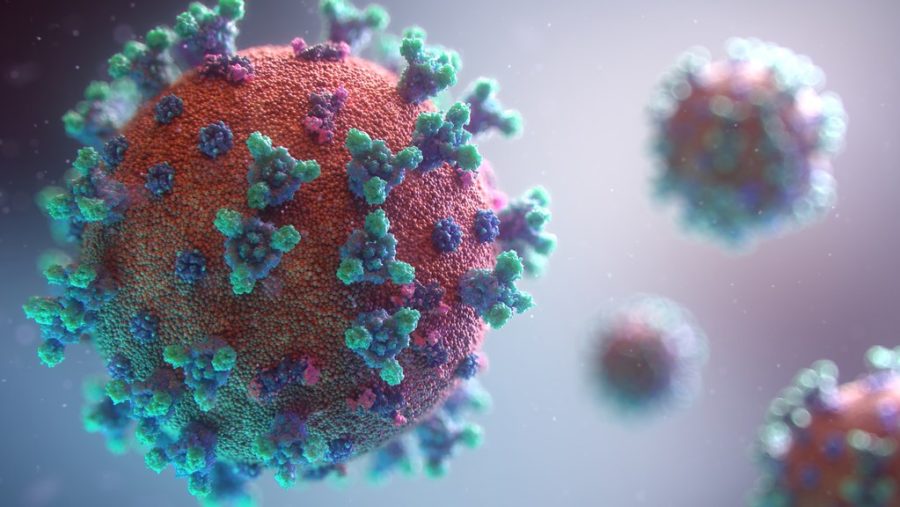COVID case concerns
The district should be more transparent with students when releasing coronavirus statistics
“I want to inform you that one student has tested positive for COVID-19,” reads an email sent on Sept. 13 by RUHS principal Anthony Bridi. “We will continue to implement our cleaning and safety procedures,” and “I appreciate all that you are doing on your part to keep everyone safe.” If you are a Redondo student reading this for the first time, don’t worry, you haven’t missed anything—these were never written for us.
Due to the current plight of the COVID-19 pandemic, RBUSD has decided to send frequent reports to parents relaying information concerning new cases on campus and to reassure our community that safety procedures are being carried out. The official RBUSD website is also making sure to keep up a current “RBUSD COVID-19 Dashboard,” which includes numbers counting active cases among the district’s students and staff per location. However, I was only made aware of this information by one RUHS senior’s active Instagram story.
RUHS students do not receive any information themselves regarding the ever-fluctuating number of confirmed, active cases on campus. Many students, like myself, probably aren’t even aware that their parents are being notified, as the reports get lost under floods of emails that hit adult inboxes daily. Some parents are said to be aware of these reports yet don’t feel the need to transfer this information to their child, again setting up a barrier on what RUHS students are able to access. Despite their young age and their strong parental dependency, students still deserve to be adequately informed on the health status of their own daily environment, as their 2-feet apart desks put them on the front-lines of a COVID-19 outbreak.
Director of the Harvard Global Health Institute, Dr. Ashish Jha, says that withholding any information concerning the COVID-19 spread will make “disease control more difficult” and raise the anxieties of those involved, including students. As she said to the New York Times, “You don’t scare people by telling them what’s going on; you scare them by hiding information.” While this mostly pertains to schools that bar absolutely any word on cases, this could very well apply to students who are not given the resources needed to keep tabs on the spread. For a school to be able to succeed, its staff and students need to feel like their safety is prioritized, and that they won’t be harmed by administrators who aren’t taking care of business. Only by instilling this confidence in the campus community can the school year run smoothly.
Also, in providing meticulous records of new cases popping up on campus, a new kind of pressure would be put on the student body to take safety protocols more seriously. I can’t be the only one who anxiously watches as crowds of students huddle together to chat in the halls with all their masks off. By putting the numbers in their faces, students will most likely come to realize the severity of the situation and attempt to keep better track of their unsafe habits, ones that not only endanger themselves but thousands of other people on campus.
RUHS faculty are, indeed, going to great efforts to keep our campus free of health-concerns: requiring teachers to be vaccinated or tested for COVID-19, having teachers clean between classes and enforcing a mask mandate. But this doesn’t necessarily mean that our campus is actually free of COVID-19, and students should be made aware of this. The situation concerning this virus across the globe is a serious one, and students need to be made aware that safety requires their full compliance. But most importantly, they should be allowed to feel safe and secure in a transparent environment.

Hi! I'm a book, dog, and boba lover, and I don't really know what I'm doing, but who does?



